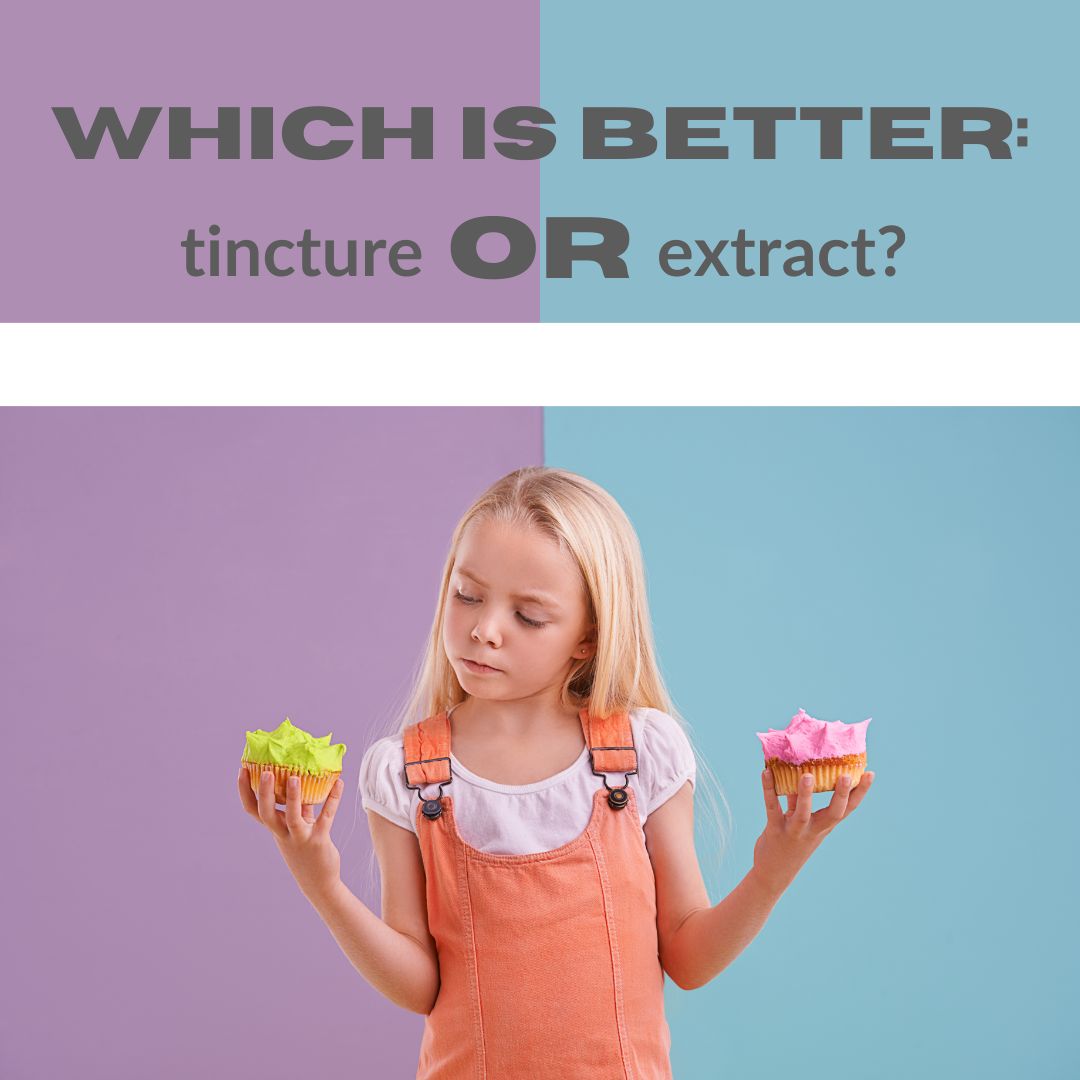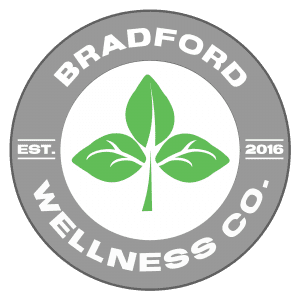Two commonly used terms you might come across in the CBD world are “tincture” and “extract.”
But what exactly is the difference between them, and which one is better: tincture or extract?
The answer: Neither.
Both CBD tinctures and extracts have their unique benefits and disadvantages.
Tinctures, being alcohol-based, are easily absorbed and can be mixed with food or drinks, while extracts offer a more concentrated form of CBD, ideal for those needing higher doses.
Choosing between the two depends on individual needs and preferences.
What is a CBD Tincture?
A CBD tincture is a concentrated herbal extract made by soaking CBD-rich hemp flowers in alcohol or another solvent.
The alcohol helps extract the cannabinoids and other beneficial compounds from the plant material.
After soaking, the mixture is strained, leaving behind a liquid tincture that can be consumed orally.
CBD tinctures are known for their versatility and ease of use.
They often come with a dropper, allowing users to measure and control their dosage accurately.
Tinctures are also typically flavored to mask the natural taste of CBD, making them more palatable for those who find the taste unpleasant.
What is a CBD Extract?
CBD extract, on the other hand, refers to a broader term that encompasses various methods of extracting CBD from the hemp plant.
These methods include but are not limited to: CO2 extraction and solvent extraction.
CO2 extraction is considered one of the most efficient and safe methods of extracting CBD.
It involves using pressurized carbon dioxide to pull out the cannabinoids and other valuable compounds from the plant material.
This method ensures a high-quality extract free from harmful solvents.
Solvent extraction, although less common, involves using a solvent like ethanol or butane to separate CBD from the plant material.
While this method can be effective, there is a higher risk of solvent residue remaining in the final product.
The Difference Between a Fluid Extract and a Tincture
The term “fluid extract” is often used interchangeably with tincture, but there is a slight difference.
While both are liquid forms of herbal extracts, fluid extracts are typically made using a different extraction process.
Instead of soaking the plant material in alcohol, fluid extracts are made by evaporating solvents from a concentrated herbal extract.
This results in a highly concentrated form of the herb, often measured in ratios such as 1:1 or 1:2.
In the case of CBD products, the term “tincture” is more commonly used than “fluid extract.”
CBD tinctures are widely available and offer a convenient way to consume CBD.
Neither are addictive or will make you high.
Choosing the Right Option for You
When it comes to deciding between a CBD tincture and extract, it ultimately boils down to personal preference and desired effects.
Tinctures are popular for their ease of use and accurate dosing, making them a great choice for beginners or those who need precise control over their CBD intake.
On the other hand, CBD extracts offer a broader range of options and can be used in various ways, such as adding them to food or beverages.
They also allow for higher concentrations of CBD, which may be beneficial for individuals seeking stronger effects.
In a Nutshell
Both CBD tinctures and extracts have their advantages and uses.
So do CBD gummies, softgels, and rubs.
It’s essential to consider your needs and preferences when selecting the right option for you.
Remember to consult with a healthcare professional before incorporating CBD into your routine, especially if you have any underlying health conditions.
So, whether you opt for a CBD tincture or extract, rest assured that you are making a step towards exploring the potential benefits of CBD in your wellness journey.


